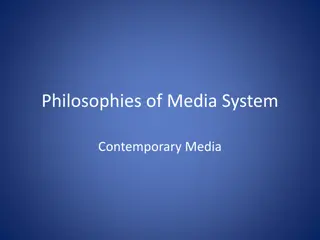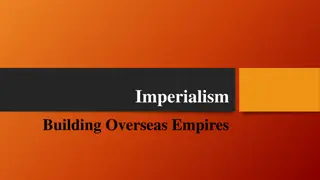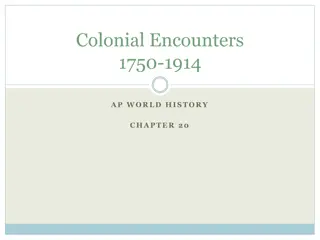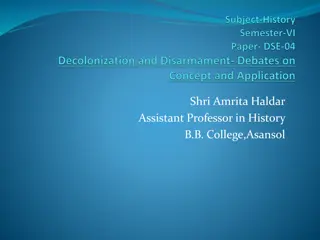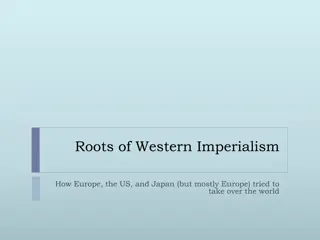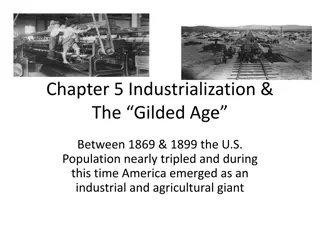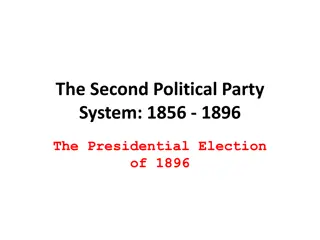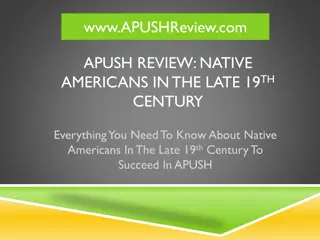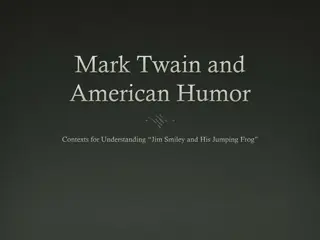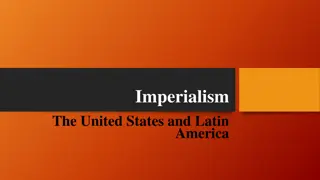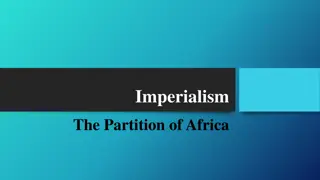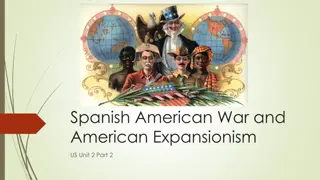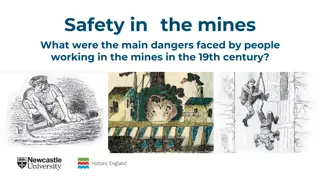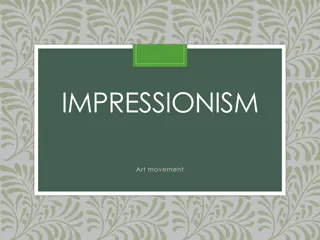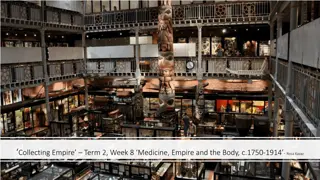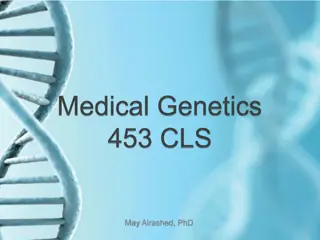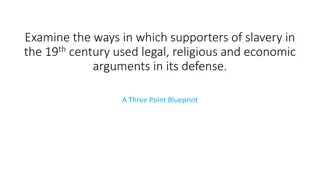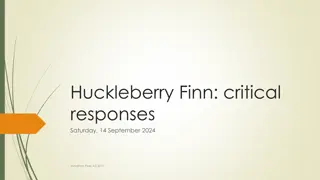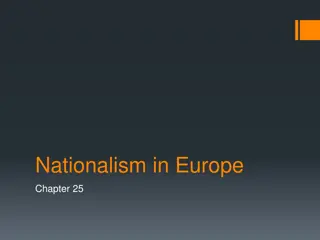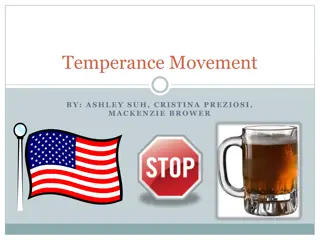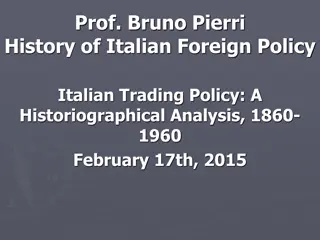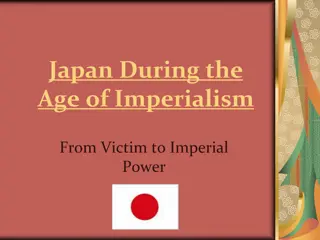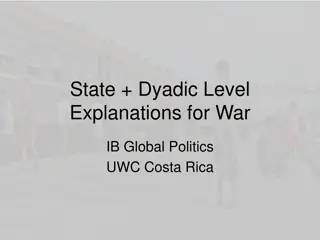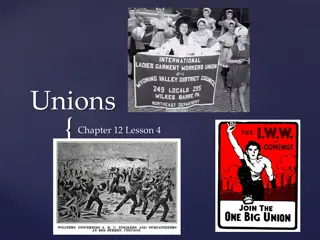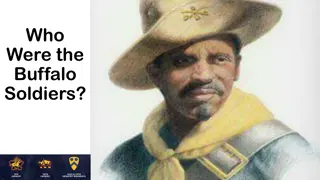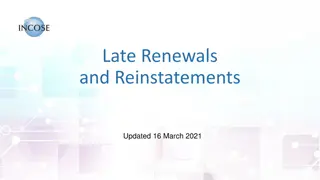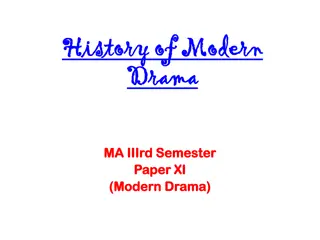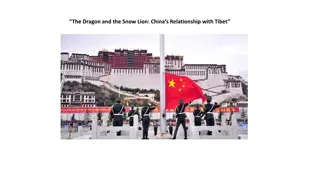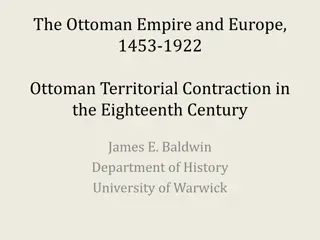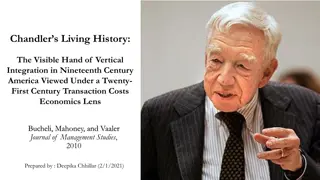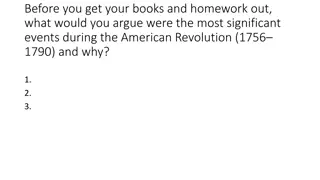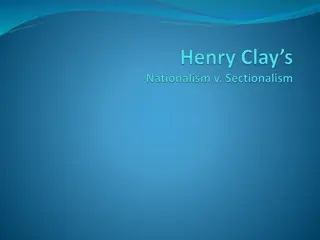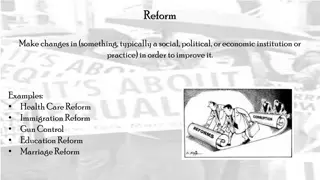American Imperialism in the Late 19th Century
Perception of manifest destiny, economic motives, and racial theories drove American expansionism in the 1890s, leading to overseas markets, acquisitions after the Spanish-American War, and debates over imperialism. Key figures, events, and ideologies shaped America's rise as a global power, including the Open Door policy in Asia and the Anti-Imperialist League's opposition to territorial acquisitions.
Download Presentation

Please find below an Image/Link to download the presentation.
The content on the website is provided AS IS for your information and personal use only. It may not be sold, licensed, or shared on other websites without obtaining consent from the author. Download presentation by click this link. If you encounter any issues during the download, it is possible that the publisher has removed the file from their server.
E N D
Presentation Transcript
APUSH Review: Americas History, Chapter 21 (8th Edition) Shout Out to Alex and the Milton APUSH class from Vermont. Thanks for your support, you ROCK!
From Expansion to Imperialism Foundations of Empire Key Concept 7.3, I, A: The perception in the 1890s that the western frontier was closed, economic motives, competition with other European imperialist ventures at the time, and racial theories all furthered the arguments that Americans were destined to expand their culture and norms to others, especially the nonwhite nations of the globe. Many sought overseas markets to improve the US economy Two books to know (use them in any essay about imperialism) Our Country - Josiah Strong Advocated the spread of Christianity overseas The Influence of Sea Power upon History - Alfred T. Mahan Believed that naval power was a key to strong empires Helped encourage the US to build a new, steel, Navy Other arguments for expansion? American exceptionalism - belief that the US should help spread democracy and spread its civilization Belief that the frontier was closed - 1890 census - Frederick Jackson Turner s Frontier Thesis
From Expansion to Imperialism Key Concept 7.3, I, B: The American victory in the Spanish-American War led to the U.S. acquisition of island territories, an expanded economic and military presence in the Caribbean and Latin America,engagement in a protracted insurrection in the Philippines, and increased involvement in Asia. The War of 1898 Causes: Spanish placed Cubans in concentration camps, General Butcher Weyler Yellow Journalism - exaggeration of stories to sell newspapers Remember the Maine - US ship mysteriously exploded in Havana, the Spanish were blamed DeLome Letter - Spanish minister trash talked President McKinley Effects: US wins the war in 4 months Teller Amendment - US promised independence to Cuba after the war US gained Guam, Cuba, Puerto Rico, and the Philippines
From Expansion to Imperialism Spoils of War Debates over the Philippines: McKinley annexed the Philippines Anti-Imperialist League: Mark Twain, Jane Addams, Samuel Gompers and others spoke out against the acquisition of territories Emilio Aguinaldo: Led a rebellion in the Philippines against the US Eventually, on July 4, 1946, the Philippines gained independence
A Power Among Powers The Open Door in Asia Secretary of State John Hay: Open Door Notes - sought opportunity for all countries to have access to trade in China Russo-Japanese War (1905) Mediated by T. Roosevelt Japan became an emerging world power Root-Takahira Agreement: US recognized Japan s jurisdiction in Manchuria
A Power Among Powers The United States and Latin America Speak Softly and Carry a Big Stick - Under Roosevelt, the US would use its new navy if necessary Panama Canal - US gained authorization to build the canal and controlled it for the 20th century Roosevelt Corollary: Extension to the Monroe Doctrine US could intervene in Latin American affairs US became a police power in Latin America Revolutions in Mexico: Beginning in 1911, Mexico went through a series of leaders Wilson became caught in the middle through his support and opposition of various leaders
The United States in World War I From Neutrality to War MAIN causes of World War I - militarism, alliances, imperialism, nationalism US sought neutrality at first - neutral in fact as well as in name The Struggle to Remain Neutral: US traded more with Allies than Central powers Germany s Unrestricted Submarine Warfare: Lusitania - sunk on May 7, 1915 Sussex Pledge - Germany promised not to sink merchant and passenger ships without a warning America Enters the War: Zimmermann Telegram: Germany encouraged Mexico to attack the US Promised Mexico it would regain land lost to US in Mexican-American War
The United States in World War I Over There Americans Join the War Congress instituted conscription (draft) American Expeditionary Force (AEF) US joined fighting in 1917 Bolshevik Revolution (1917) Russia became communist, withdrew from WWI 11/11/18 - armistice to end fighting The American Fighting Force 4 million men were in the military during WWI - 10% were African American Fought in segregated units, excluded from victory parade in Paris Influenza killed as many as 50 million after WWI worldwide
The United States in World War I War on the Home Front Mobilizing the Economy War Industries Board: Helped direct production for the military National War Labor Board: 8-hour workday for war workers and overtime Many unions promised not to strike Food Administration: Herbert Hoover - relied on volunteerism to promote war effort Promoting National Unity Committee on Public Information (Creel Committee): Led by George Creel and Four Minute Men Promoted the war effort on the home front Sedition Act of 1918: Made it illegal to criticize the war effort Upheld by Schenck v. US (1918)
The United States in World War I War on the Home Front Great Migrations Large movement of African Americans from the South to Northern cities (NYC, Chicago, St. Louis) Red Summer of 1919 - race riots in many northern cities Although they faced discrimination, many blacks benefitted from jobs that helped out in the war effort Mexican Americans moved from farms to cities to work in factories 100,000 Mexicans came to the US between 1917 and 1920 Key Concept 7.2, III, A: Although most African Americans remained in the South despite legalized segregation and racial violence, some began a Great Migration out of the South to pursue new economic opportunities offered by World War I. Women s Voting Rights National American WomanSuffrage Association (NAWSA): Carrie Chapman Catt - supported the war effort in the hopes to gain suffrage National Woman s Party (NWP): Alice Paul - picketed the White House, went on a hunger strike Wilson supported female suffrage, and in 1920, the 19th amendment was ratified
Catastrophe at Versailles Key Concept 7.3, II, B: Although the American Expeditionary Force played a relatively limited roll in the war, Wilson was heavily involved in postwar negotiations, resulting in the Treaty Versailles and the League of Nations, both of which generated substantial debate within the United States. Wilson s 14 Points: Wilson s plans for post World War I Called for: open diplomacy, arms reduction, free trade, sovereignty, etc Article X - called for the creation of the League of Nations Drastically different than Washington s Farewell Address The Fate of Wilson s Ideas: Russia and Germany were excluded from the peace conference at Versailles Germany was punished severely ($33 billion in reparations) Congress Rejects the Treaty: Irreconcilables - opposed the treaty due to foreign affairs Henry Cabot Lodge - despised Article X - would limit Congress war making powers Ultimately, the US did not ratify the Treaty of Versailles
Quick Recap Arguments for overseas expansion - Alfred T. Mahan Debates over Philippines and expansion Roosevelt Corollary Reasons for US entrance into WWI Creel Committee Great Migration Schenck v. US (1919) ***14 Points, Treaty of Versailles***
See You Back Here for chapter 22! Thanks for Watching Please subscribe, share with others Check out all my videos related to the new curriculum Best of luck on all your tests!


